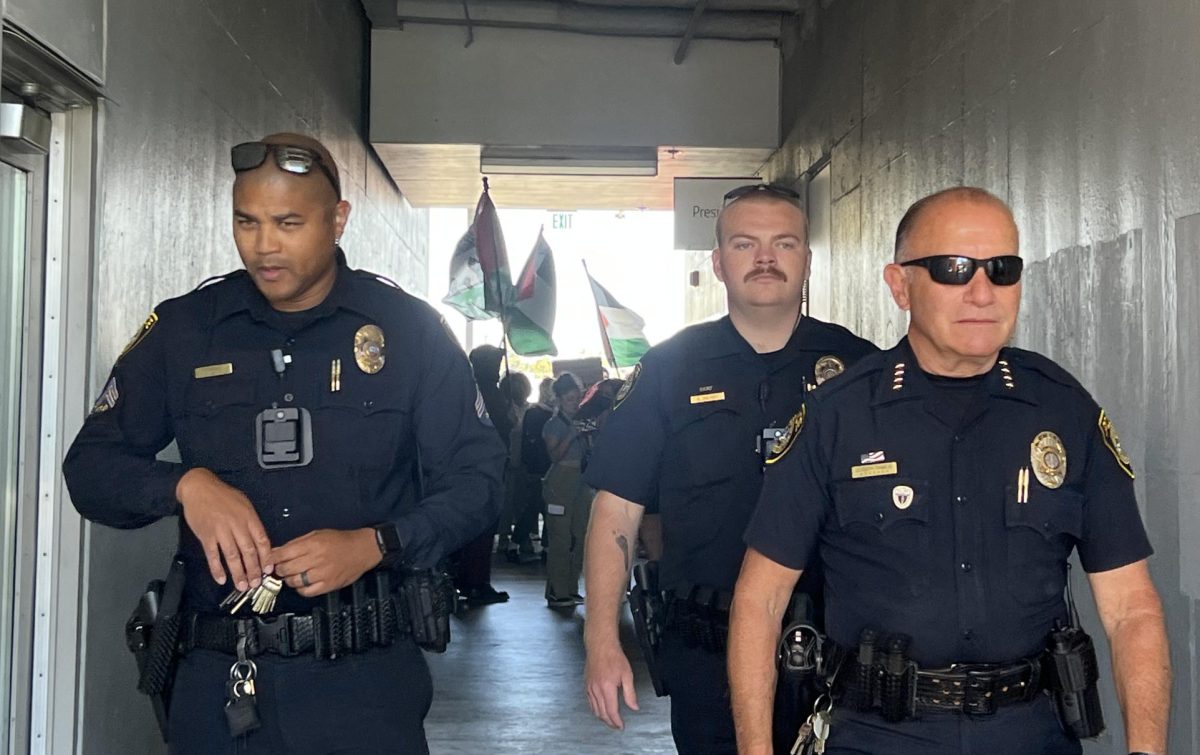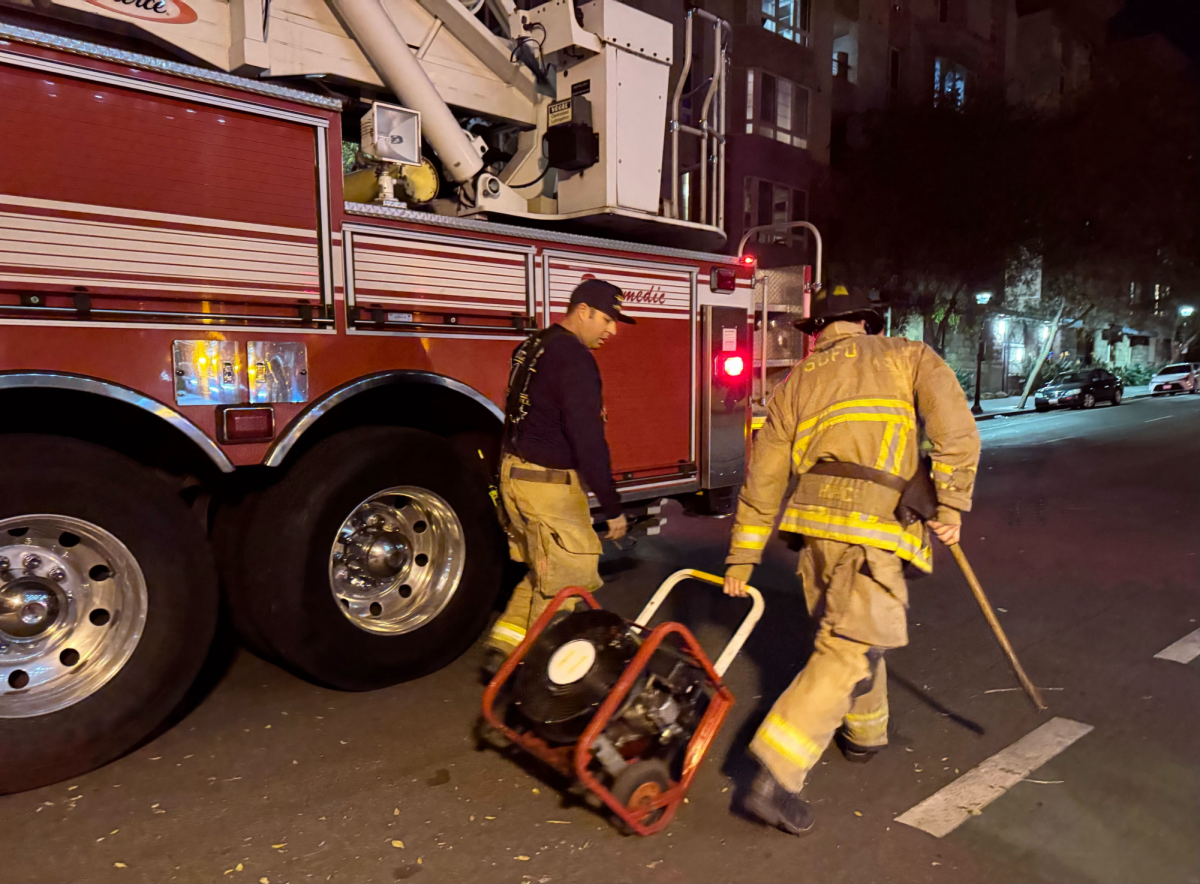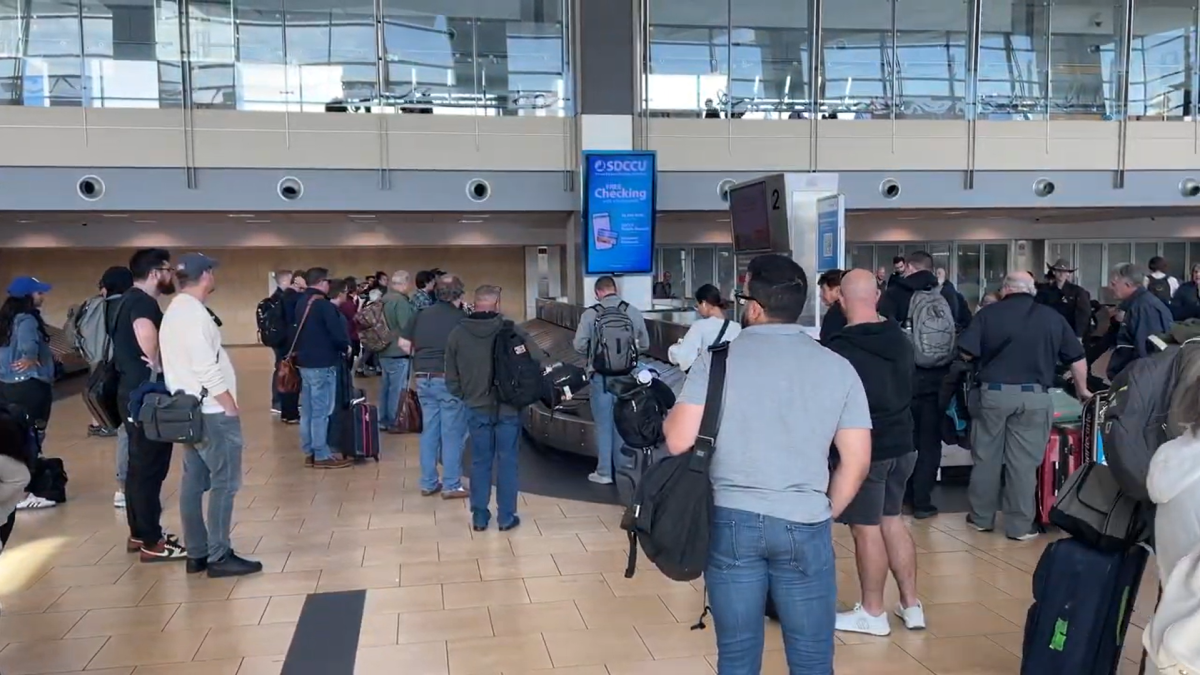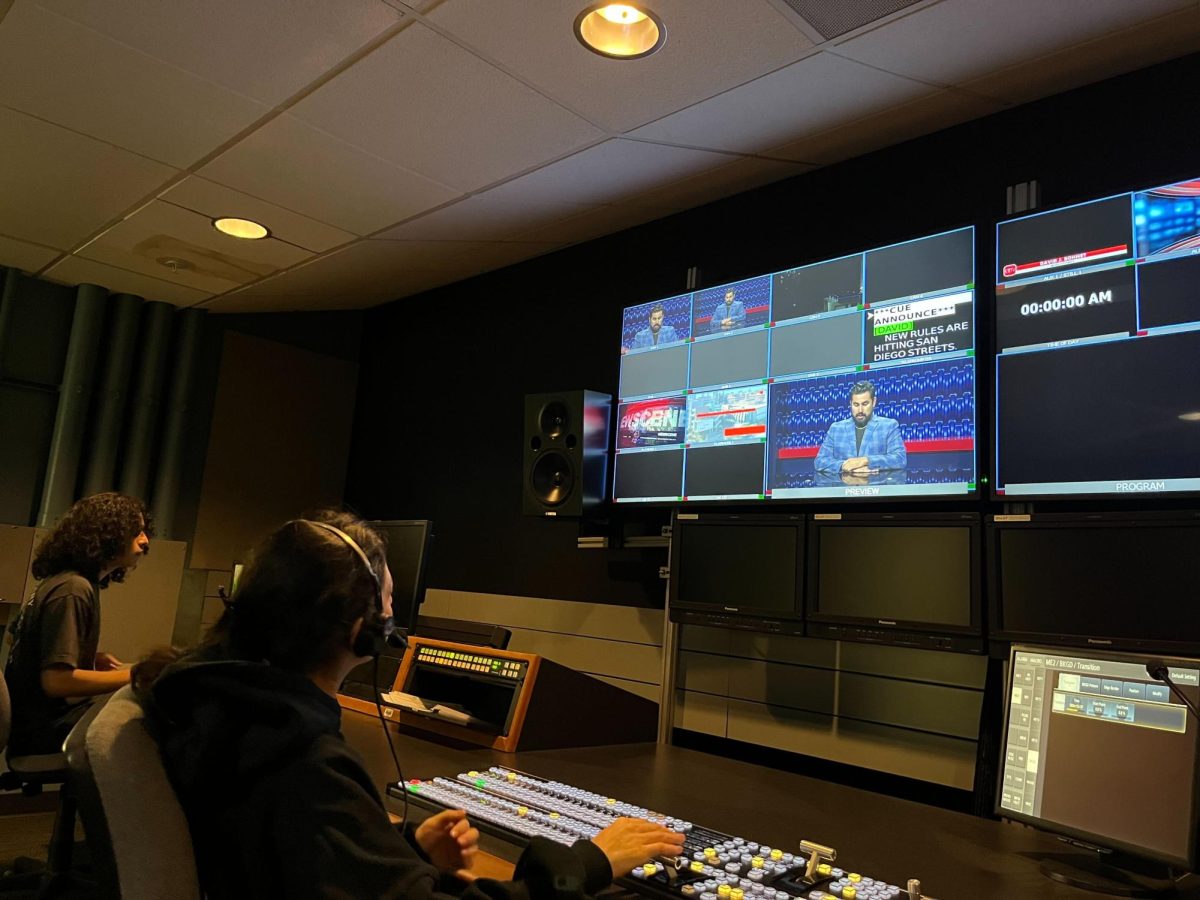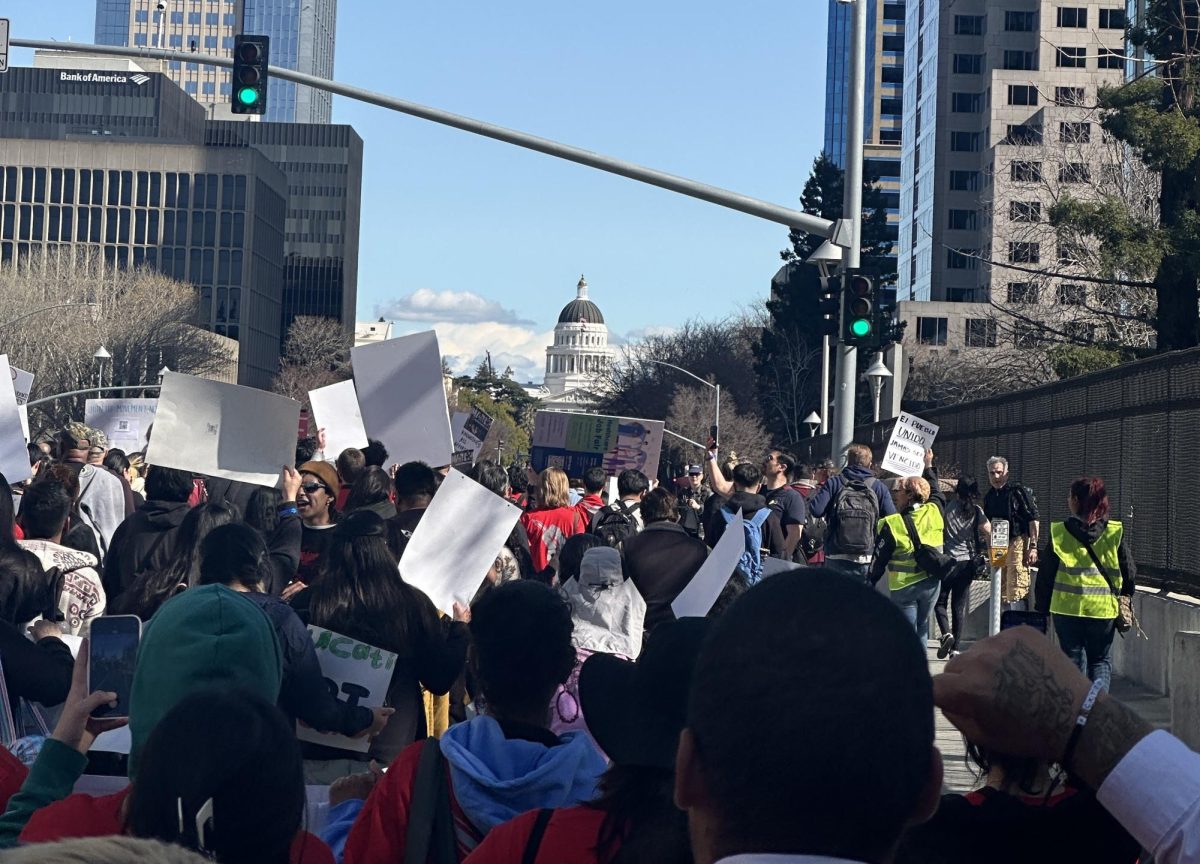On Thursday, Feb. 21, Officer Tony Gutierrez held a campus safety presentation in the college’s V building.
His presentation was focused around student and faculty safety during an ‘active shooter’ event and the procedures that should follow.
An ‘active shooter,’ as defined by Gutierrez, is an armed person who has opened fire in a public area such as a mall, campus, gym or library. He wanted it to be known that active shooters can happen anywhere, at any time with and without reason.
Gutierrez explained the shooters usually have no specific target and no motive at all. Gutierrez laid down three specific guidelines that every student should know in case there is ever an active shooter on our campus: Run. Hide. Fight.
Run
This is always first priority. If you see an opportunity to escape, do it. Whether others decide to follow you or not. Do not let someone else convince you to stay. Instead, try to lead others to safety, work together to find an escape route.
Evacuate the premises. This does not mean run from the V building to the C building—run off campus and as far away as possible. Call the police and provide them as much detailed information as possible. Dispatchers rely on the information given to them. Remember things like which building, what floor, and, if you can, describe the individual.
Hide
Should you find yourself in a situation where you cannot safely escape, then you need to hide. Conceal yourself or take cover. Active shooters are looking for “targets of opportunity” or people that are calling attention to themselves. Barricade or lock the doors. Familiarize yourself with how your classroom doors lock. Use furniture and other heavy objects to block the door.
Remain calm. It’s very important to keep yourself calm, because your own anxiety could prevent you from making a plan or finding safety. Be invisible. Turn off the lights, silence phones, and either conceal yourself or take cover behind something that can withstand impact from bullets (brick walls, heavy tables, etc.)
Call the police for help. If you are hiding and don’t want to be heard then remain silent. Dispatchers are trained to respond to emergencies whether they hear your voice or not. Modern technology allows officers to use GPS to see the general area of where the caller is, even from cell phones.
Fight
Should the active shooter make their way into your location use the last option, fight. This is obviously easier said than done, but in the end, it could save your life. Be resourceful, improvise weapons, use chairs, fire extinguishers, etc. Don’t aim to hurt, aim to disarm or knock out.
Work together as a team, overpower the enemy, many against one is better than one against a gun. Commit to your actions, if you decide to fight back then stick to it, this is not the time to second guess. If you find yourself unable to fight keep yourself out of harms way.
We all want to believe than an active shooter will never make it to our campus, but as Gutierrez mentioned, they are completely random. As students and faculty members, we can take it upon ourselves to identify and report any suspicious activity.
Follow your gut, if you feel like something is wrong or out of place do not hesitate to call. Do not make it your responsibility to calm an irate student, call the campus police, tell them you are concerned. This is not tattling, this is being cautious.
Faculty members should not have to deal with suspicious activity or angry students, leave it to the professionals who are trained to deal with these types of situations.
Take the time to know your surroundings, locate the nearest emergency call box, define or plan out an evacuation route, get to know your fellow classmates. The more familiar you are the more likely you are to see something suspicious. Program the campus dispatch center into your phone: 619-388-6405.

